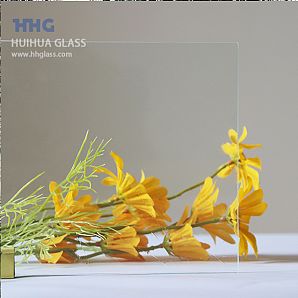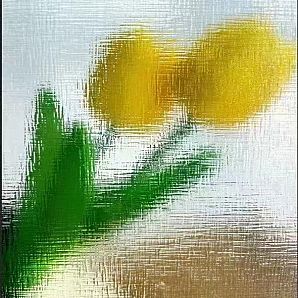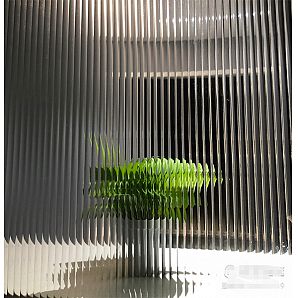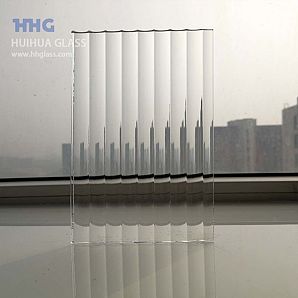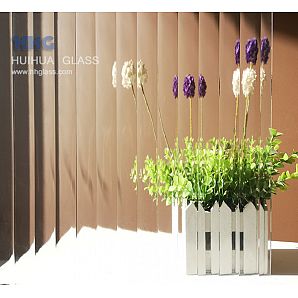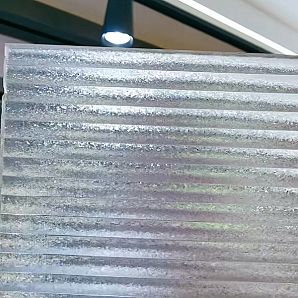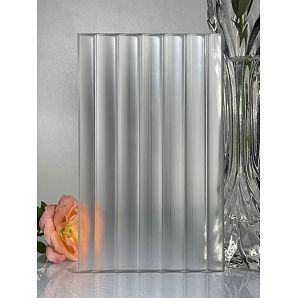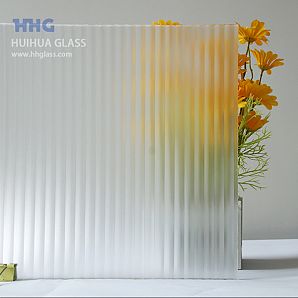Intelligent Glass Coating to Keep Buildings Cool
Fraunhofer researchers have developed a smart coating for windows that darken in the sun. This uses electrochromic and thermochromic materials that react electrically and thermally. In buildings with large glass curtain walls, it can prevent rooms from becoming overheated due to solar radiation, thereby reducing the demand for energy intensive air conditioners.
The construction industry is one of the major emitters of greenhouse gases. According to the data of the German Environment Agency, buildings account for about 30% of the country's CO2 emissions and 35% of its energy consumption. Buildings with large glass curtain walls and roofs are particularly problematic, such as office buildings that dominate modern cities. They get hot in the sun, especially in summer. However, the use of blinds and shutters to provide shade is generally not welcome, as they reduce the aesthetic feeling of the glass and interfere with the outside vision. Instead, air conditioning is used internally for cooling, which requires a lot of power and increases the carbon footprint of the building.
Fraunhofer Silicate Research Institute (ISC) in Wiltsburg and Fraunhofer Organic Electron, Electron Beam and Plasma Technology FEP Institute in Dresden have developed a complex solution to solve this problem. In the Switch2Save project, researchers have been studying the transparent coating of windows and glass curtain walls using electrochromic and thermochromic materials. These add a variable, transparent dark tone to the outside of the window to keep the room cool. The Fraunhofer Institute has partnered with universities and industrial partners in six EU countries to carry out this EU funded research project.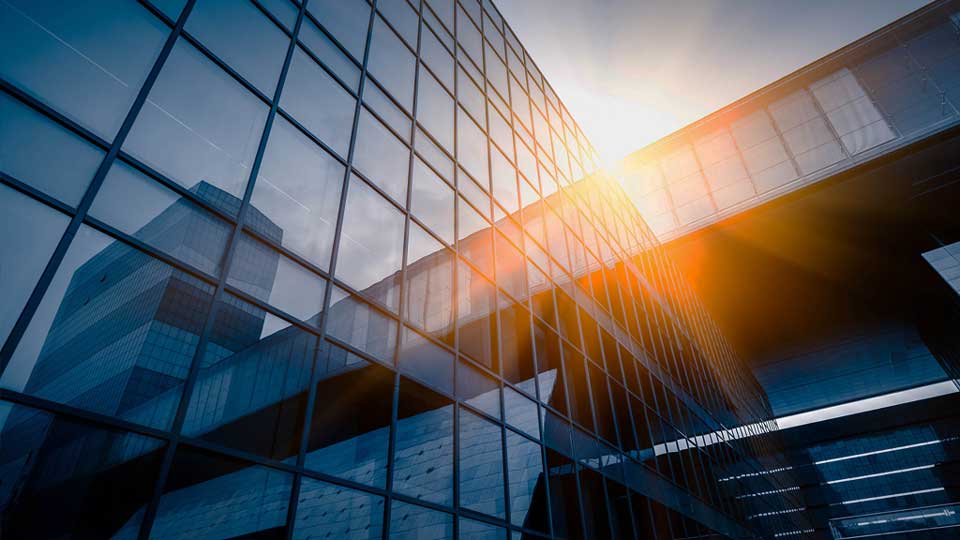
The electrochromic coating is coated on a transparent conductive film, and then can be "opened". Applying voltage triggers the transfer of ions and electrons, which darkens the coating and tints the windows. On the other hand, the thermochromic coating plays a role. Dr. Marco Schott, manager of Fraunhofer ISC electrochromic system team, explained that when a certain ambient temperature is reached, it will reflect the thermal radiation of the sun.
With electrochromic elements, sensors can be used to measure factors such as brightness and temperature, and send the results to the control system. This will guide the film to send current or voltage pulses, and the trigger window will become dark. Whenever the temperature or brightness becomes too high, the glass surface will gradually darken. This prevents rooms from overheating and reduces the need for air conditioning, which is particularly useful in sunny climates and buildings with large glass curtain walls. It can also play the role of anti glare protection in sunny days. The windows will remain bright on cloudy days and at night.
Fraunhofer researchers also considered whether the technology is suitable for daily use. The windows do not darken suddenly, but gradually within a few minutes. Short explained that the energy consumption is very low. In a better case, the electrochromic film only needs power in the conversion process, and an extremely low voltage is sufficient to start the coloring process. Thermochromic materials do not require electricity at all, but react passively to the heat generated by the sun. They can be used to complement a switchable system or as an alternative that does not require a switchable solution.
Switch2Save promises to save a lot of energy in areas with high outdoor temperature (i.e. the southern area) by reducing the use of air conditioning systems or completely eliminating the demand for air conditioning systems. Dr. John Fahlteich, coordinator of the Switch2Save project and head of the research team of Fraunhofer FEP, explained that in the warm regions of Europe, the cooling and heating energy demand of modern buildings can be reduced by as much as 70%. In the colder northern regions, the cost savings are not large, but the system can also be used here as anti glare protection to prevent direct sunlight.
In principle, the combination of the electrochromic layer and the thermochromic layer in the composite window provides greater flexibility. By using it, architects and developers can provide personalized solutions for various areas and buildings. We are installing this technology in the pediatric clinic of the second largest hospital in Athens, Greece, and an office building in Uppsala, Sweden. In both buildings, energy consumption will be monitored and compared throughout the year before and after the installation of new windows. By doing so, we can show the actual performance of Switch2Save technology, and continue to test and improve the technology for different climate regions, Fahlteich said.
The researchers also addressed manufacturing challenges. Electrochromic coating is applied to polymer based film substrate. On the other hand, the thermochromic coating uses a thin glass substrate. Wet chemical and vacuum coating processes are used in economical coil to coil manufacturing systems. Then, the switchable components are laminated onto the 4mm thick window glass under vacuum, and then integrated into the insulating glass unit. The coating process is also economically feasible in industrial scale. Electrochromic and thermochromic switchable components are only a few hundred microns thick, less than 500 grams per square meter. As a result, they add almost no weight to the windows, which means they can be retrofitted in existing buildings without changing the building structure.
The project alliance is currently working to further improve the technology. For example, expert teams are studying how to combine electrochromic and thermochromic elements in composite windows to better utilize the potential of this technology. Further research objectives include adapting the coating to curved glass forms and adding more colors to existing blue and gray options.
The goal of the World Warming and European Green Agreement will significantly increase the demand for energy-saving building technologies in the next few years - it is expected that by 2050, all buildings in the EU will be carbon neutral. EU's Switch2Save project of electrochromic and thermochromic windows can make an important contribution to this
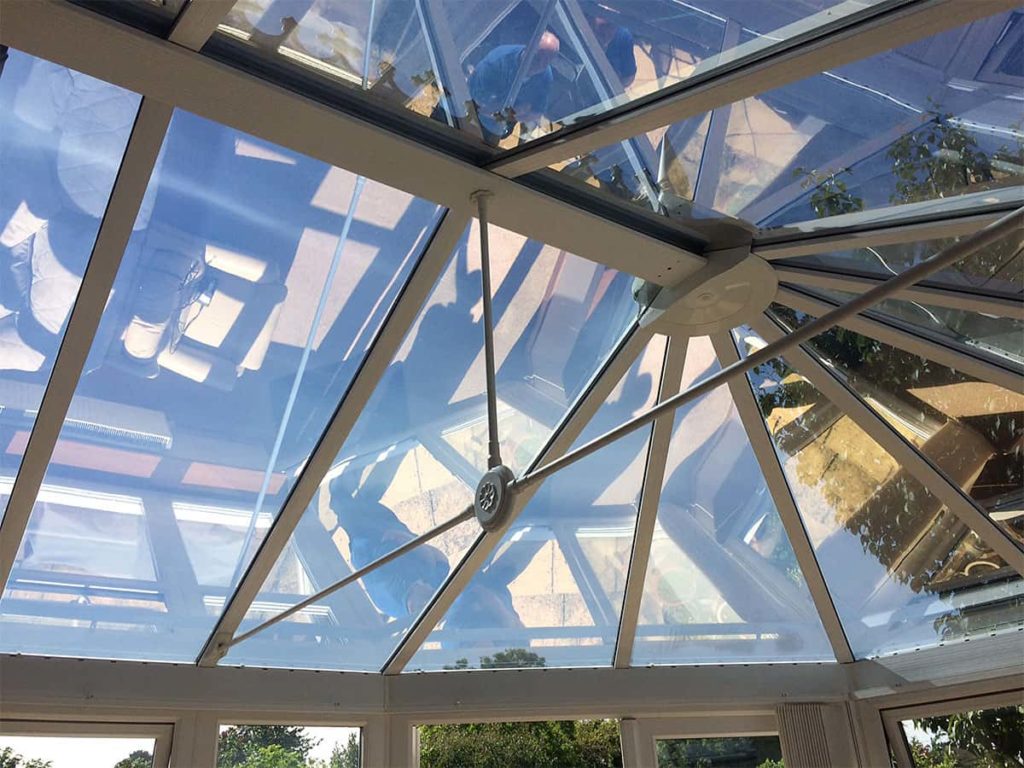
HHG is a professional glass manufacturer and glass solution provider include range of tempered glass, laminated glass, textured glass and etched glass. With more 20 years development, there are two produce lines of pattern glass ,two lines of float glass and one line of restoration glass. our products 80% ship to overseas, All our glass products are strict quality control and carefully packed in strong wooden case, ensure you receive the finest quality glass safety in time.
More Detail: www.hhglass.com

